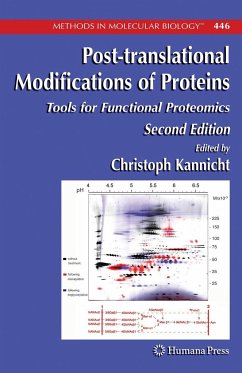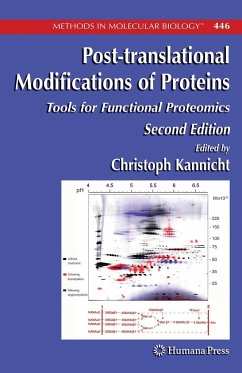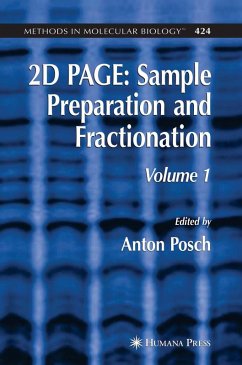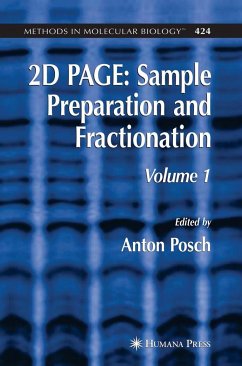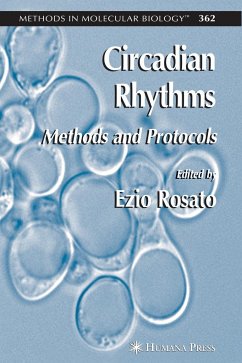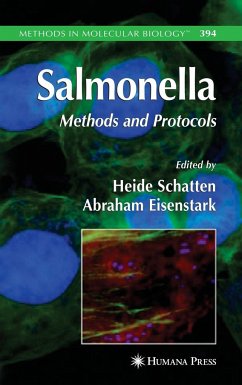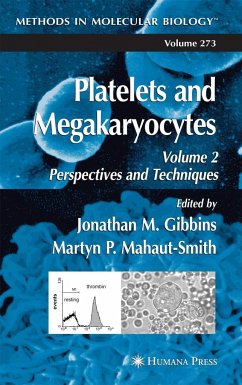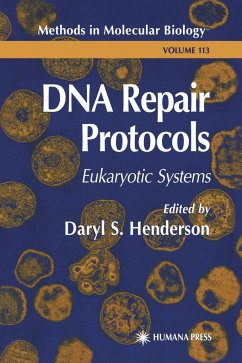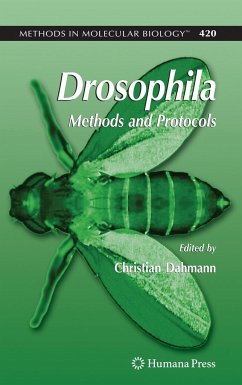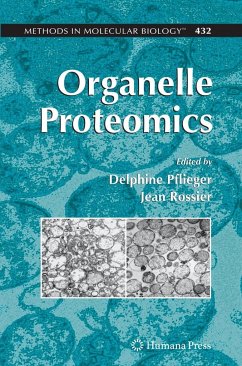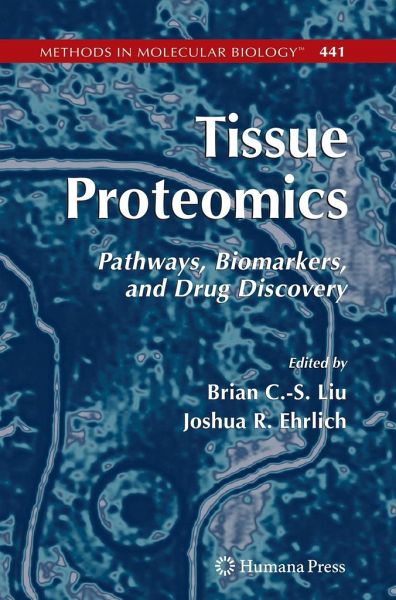
Tissue Proteomics
Pathways, Biomarkers, and Drug Discovery
Herausgegeben: Liu, Brian; Ehrlich, Joshua R.

PAYBACK Punkte
51 °P sammeln!
With the sequencing of the human genome complete, the field of proteomics, still in its early stages, has become an important and informative field of biomedical research. Many of the protocols and techniques commonly employed by proteomics researchers have been refined over the past several years, while at the same time, new and innovative methods have also been developed. Significantly, many of the protocols used in the study of the human proteome have been developed to examine proteins derived specifically from cell lines, body fluids or human tissues. As a consequence, not all protocols ar...
With the sequencing of the human genome complete, the field of proteomics, still in its early stages, has become an important and informative field of biomedical research. Many of the protocols and techniques commonly employed by proteomics researchers have been refined over the past several years, while at the same time, new and innovative methods have also been developed. Significantly, many of the protocols used in the study of the human proteome have been developed to examine proteins derived specifically from cell lines, body fluids or human tissues. As a consequence, not all protocols are compatible with the full-range of protein sources commonly used in the laboratory. The current volume on Tissue Proteomics seeks to bring together a number of useful and innovative protocols developed particularly for the proteomic profiling of human tissues. The first two protocols presented in this work focus on high-throughput g- based techniques. Chapter 1 describes 2-D DIGE, a method used to examine the entire proteome within discreet pI fractions, whereas Chapter 2 details several complementary techniques for the specific analysis of glycoproteins found in tissue samples. The next chapters, Chapters 3 and 4, focus on SELDI-MS and MALDI-TOF, two techniques that make use of mass spectrometry for the characterization and identification of proteins. These techniques may be used alone or in combination with other proteomic methods, such gel-based assays, where mass spectrometry is useful for additional characterization and identification of proteins.





